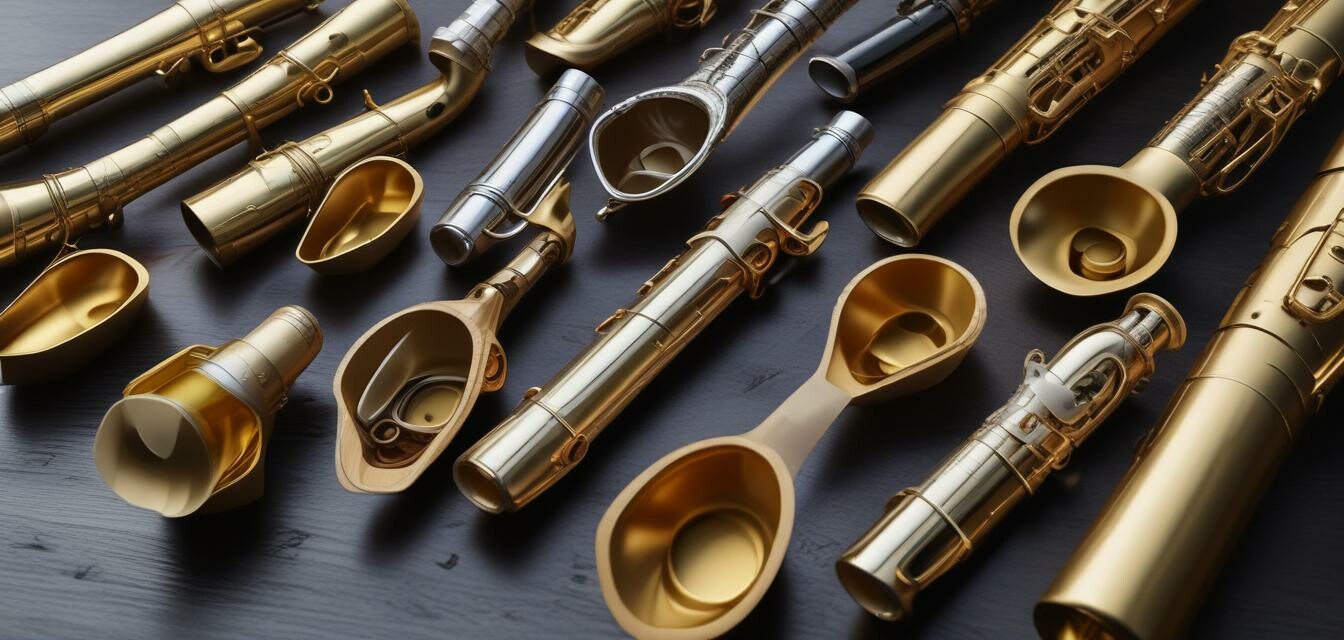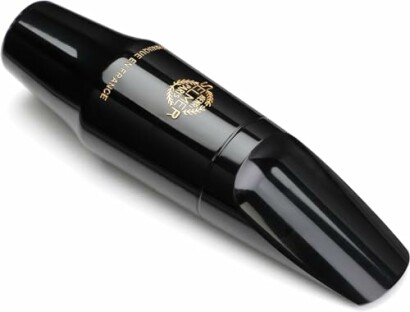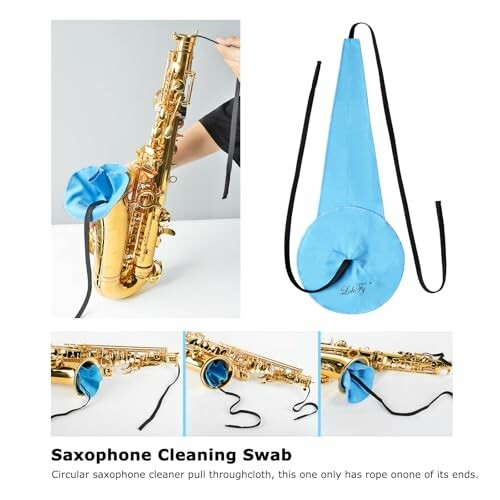
Comprehensive Guide to Tenor Saxophone Mouthpieces
Key Takeaways
- Understanding different mouthpiece materials affects your sound and comfort.
- Shapes and tip openings influence response and tone preference.
- Cleaning and maintenance are crucial for optimal mouthpiece performance.
Choosing the right tenor saxophone mouthpiece can significantly enhance your playing experience. With various options available, from materials to shapes, each mouthpiece can shape your sound, making it essential to understand the differences. This comprehensive guide explores the variations in mouthpieces and how they can impact your tone and playing style as a musician.
Understanding Mouthpiece Materials
Different materials can alter the sound and feel of your tenor saxophone. Here’s a breakdown of the most common types:
| Material | Characteristics | Recommended For |
|---|---|---|
| Hard Rubber | Warm sound, versatile, and widely used. | All levels of players. |
| Metal | Bright and powerful sound, more projection. | Jazz and contemporary styles. |
| Ebonite | Smooth sound with a darker tonal quality. | Classical and orchestral settings. |
Different Shapes of Mouthpieces
Mouthpiece shapes can greatly influence your tone and airflow. Here are some essential shapes to consider:
- Standard: Often recommended for beginners, it provides a balanced sound.
- Crossover: Allows for a versatile playing experience suitable for various genres.
- Curved: Designed for unique tonal effects, often used by advanced players.
Impact of Tip Openings
The tip opening is the width of the space between the tip of the mouthpiece and the reed. Different openings affect airflow and sound quality:
| Tip Opening Size | Sound Characteristics | Player Level |
|---|---|---|
| Narrow | Control, consistent sound. | Beginner to intermediate. |
| Medium | Balanced warmth and projection. | Intermediate to advanced. |
| Wide | High projection, opens up tone. | Advanced players. |
Featured Mouthpieces
Here are some notable tenor saxophone mouthpieces that cater to different preferences:
Vandoren SM613B T75 Jumbo JAVA Tenor Saxophone Mouthpiece
Ebonite tenor saxophone mouthpiece with a 265-micron tip opening, offering excellent tone quality.
Learn MoreSelmer S-80 C* Mouthpiece for Tenor Saxophone
Features a square cross-section and tip opening of 1.8, great for players looking to elevate their sound.
Learn MoreCleaning and Maintenance
Proper cleaning and maintenance of your mouthpiece is essential for longevity and performance. Here are some recommended practices:
- Use a mouthpiece brush to clean the interior after each use.
- Regularly replace reeds to maintain sound quality.
- Store your mouthpiece in a protective case when not in use to prevent damage.
Cleaning Kit
Alto/Tenor/Soprano Saxophone Cleaning Swab Kit
Comprehensive cleaning kit with microfiber cloths and a mouthpiece brush for optimal maintenance of your instruments.
Learn MoreConclusion
Choosing the right tenor saxophone mouthpiece is crucial in enhancing your musical journey. Whether you opt for a metal mouthpiece for a bright sound or a rubber one for a warmer tone, understanding the unique characteristics of each option will guide you toward the best choice for your style. Take the time to explore various options, and don't forget the importance of proper maintenance to keep your mouthpiece in top condition.
Explore More
For further insights, check out our related resources:
- Tenor Saxophone Buying Guide
- Playing Techniques for Tenor Saxophone
- Tenor Saxophone Maintenance
- News and Trends in the Saxophone World
- Browse our Saxophone Accessories


